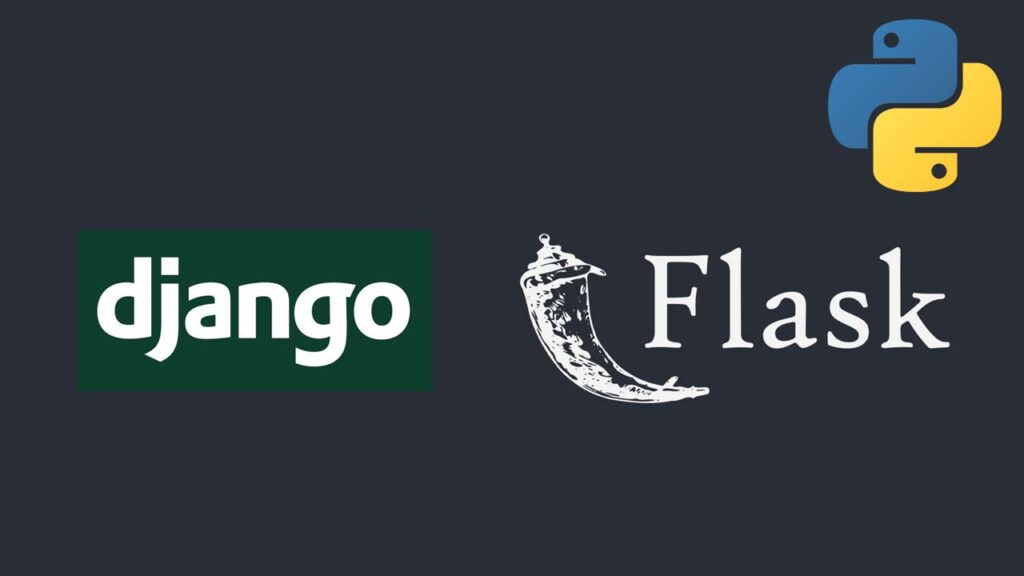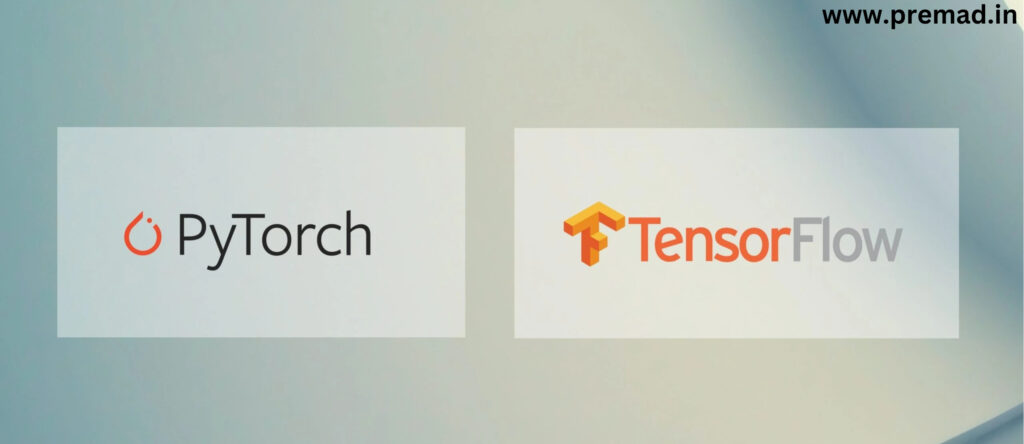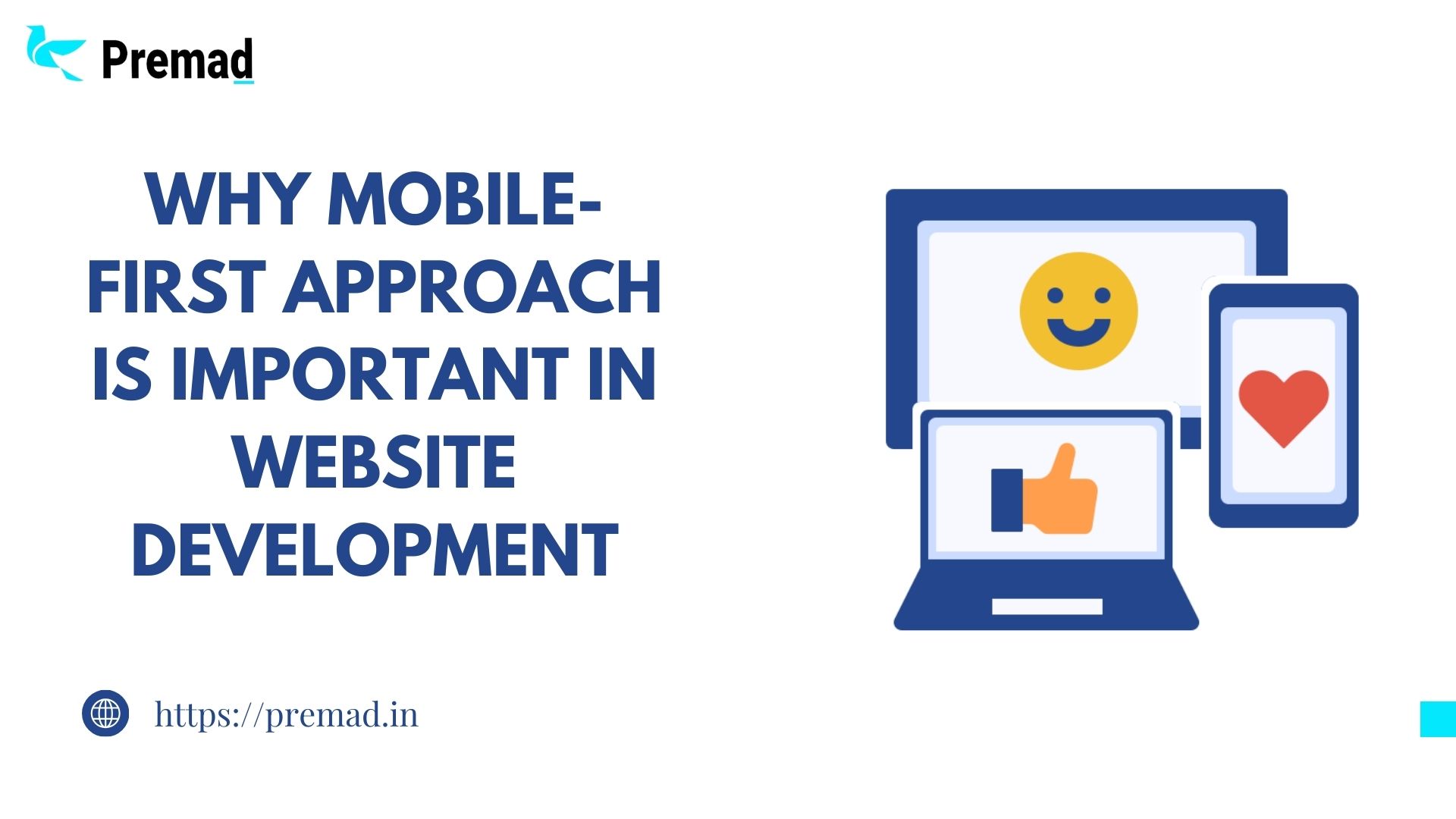Python is a versatile programming language that has been gaining popularity due to its simplicity, readability, and flexibility. It is a high-level language that is easy to learn and use, making it a great choice for beginners and experienced programmers alike. Python is widely used in a variety of industries, including web development, machine learning, data analysis, and scientific computing.
In this blog post, we will explore the different applications of Python, from building web applications to creating artificial intelligence algorithms. We will also cover some of the most popular libraries and frameworks used in Python development, as well as resources to help you get started with this powerful language. So, whether you’re a seasoned programmer or a beginner just starting out, read on to discover the power of Python and how it can help you achieve your programming goals.
Introduction: The versatility of Python
Python is a versatile programming language that has gained tremendous popularity in recent years. Its simplicity, readability, and extensive libraries make it a powerful tool for a wide range of applications. Whether you are a web developer, data scientist, or aspiring artificial intelligence engineer, Python has something to offer.
In the field of web development, Python frameworks like Django and Flask have revolutionised the way websites are built. With their robust features and efficient workflow, developers can create dynamic and interactive web applications in less time. Python’s ease of use and clean syntax make it an ideal choice for both beginners and experienced developers alike.
Python for web development: A powerful backend language
Python has emerged as a popular choice for web development, thanks to its simplicity, versatility, and robustness. With its vast array of libraries and frameworks, Python offers developers the tools they need to build efficient and scalable web applications.
One of the key advantages of using Python for web development is its powerful backend capabilities. Python’s backend frameworks, such as Django and Flask, provide developers with a solid foundation to handle complex server-side operations. These frameworks offer features like routing, database integration, user authentication, and session management, making it easier for developers to focus on building core functionalities of their web applications.
Building web applications with Python frameworks like Django and Flask

Python has become a popular choice for web development due to its simplicity, versatility, and extensive collection of frameworks. Two widely used frameworks, Django and Flask, have revolutionised the way developers build web applications.
Django, known for its “batteries included” philosophy, provides a comprehensive toolkit for building robust and scalable web applications. With its high-level abstractions and built-in functionalities, Django simplifies the development process, allowing developers to focus on building the core features of their applications. From handling user authentication and managing databases to URL routing and template rendering, Django takes care of the essential components, making it an excellent choice for large-scale projects.
Python for data analysis and visualisation
Python is an incredibly versatile programming language that has gained immense popularity in recent years, particularly in the fields of data analysis and visualisation. With its extensive libraries and tools, Python provides a robust and efficient platform for processing and analysing large datasets.
One of the most widely used libraries for data analysis in Python is Pandas. Pandas offers powerful data structures and data manipulation tools, making it easy to clean, filter, and transform data. Whether you are working with structured data from a spreadsheet or unstructured data from various sources, Pandas provides a flexible and intuitive interface to handle it all.
Exploring machine learning and artificial intelligence with Python
Python has become the go-to programming language for machine learning and artificial intelligence applications. With its vast array of libraries and frameworks, Python provides developers with the tools they need to explore the world of AI.
Machine learning, a subset of AI, involves training models to make predictions or take actions based on patterns and data. Python’s simplicity and readability make it an ideal language for implementing machine learning algorithms. Libraries such as TensorFlow, Keras, and Scikit-learn offer powerful functionalities for building and training models.
Leveraging popular Python libraries for AI, such as TensorFlow and PyTorch
Python has become the go-to programming language for artificial intelligence (AI) and machine learning (ML) applications. Thanks to its simplicity, versatility, and extensive library support, Python has made AI development accessible to developers of all levels of expertise.

Two popular Python libraries that have revolutionised AI development are TensorFlow and PyTorch. These libraries provide powerful tools and resources for building and training neural networks, implementing deep learning algorithms, and solving complex AI problems. if you want to make your website with Tensorflow and PyTorch then you can connect with Premad Software Solutions, This is one of the best companies in Jaipur for Python websites.
The role of Python in natural language processing and computer vision
Python has gained immense popularity in the field of artificial intelligence (AI), particularly in the areas of natural language processing (NLP) and computer vision. With its simplicity, versatility, and a vast array of libraries, Python has emerged as the go-to programming language for AI enthusiasts and professionals alike.
When it comes to NLP, Python offers various libraries and tools that make it easier to process and analyse human language.
Python’s integration with big data technologies for scalable solutions
Python’s versatility extends beyond web development and artificial intelligence, as it seamlessly integrates with big data technologies to provide scalable solutions. In the era of data-driven decision-making, organisations are harnessing the power of big data to gain valuable insights and drive business growth.
Python’s compatibility with popular big data frameworks such as Apache Hadoop, Apache Spark, and Apache Kafka makes it a preferred choice for developing scalable and efficient data processing pipelines.
Python in the world of robotics and automation
Python has proven to be an incredibly versatile programming language, finding applications in various fields, including the world of robotics and automation. With its simplicity, readability, and extensive libraries, Python has become a preferred choice for developers and engineers working on robotics projects.

In the realm of robotics, Python offers a range of libraries and frameworks that simplify the development of robotic systems. One such example is ROS (Robot Operating System), which provides a flexible and modular framework for building robot applications. With Python as the primary language for ROS, developers can leverage its ease of use and rich ecosystem to create sophisticated robotic systems.
Conclusion: Embracing the limitless possibilities of Python
In conclusion, Python is a versatile and powerful programming language that opens up a world of possibilities. Whether you are a web developer looking to create dynamic and interactive websites, or an aspiring data scientist delving into the realms of artificial intelligence and machine learning, Python has got you covered.
With its clean and readable syntax, Python allows developers to write code that is not only efficient but also easy to understand and maintain. This makes it a favourite among beginners as well as experienced programmers.



